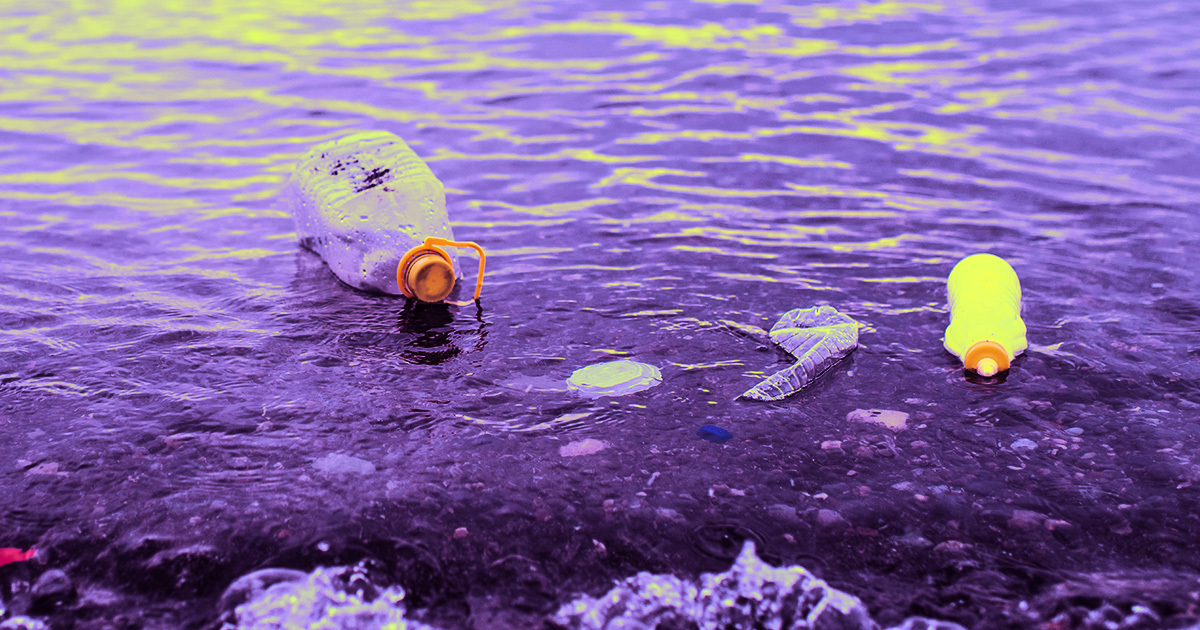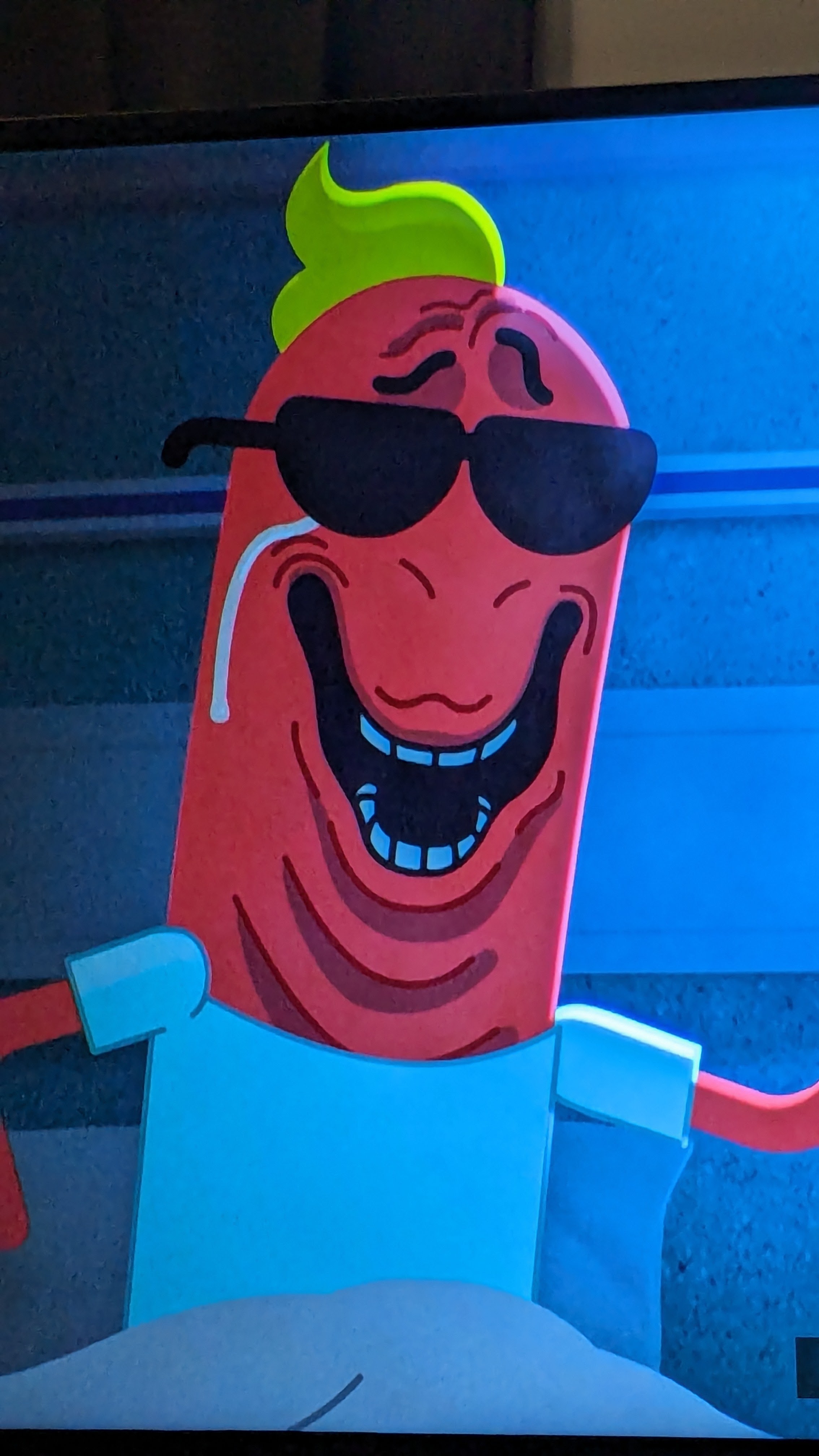- cross-posted to:
- [email protected]
- [email protected]
- cross-posted to:
- [email protected]
- [email protected]
cross-posted from: https://lemmy.ml/post/16488358
Scientists Find Plastic-Eating Fungus Feasting on Great Pacific Garbage Patch
“Nature finds a way” – Dr. Ian Malcolm
The plastic simply was a too nice of an energy source to be left aside by microorganisms. There are microorganisms for basically any energy source the world provides. There are bacteria that live on undersea volcanoes feasting on acids and carbon dioxide, so a fungus eating plastic is no actual surprise.
I would really like to know what’s the resulting materials after the breaking down, but the article doesn’t say :(
Well, given what we know about most commercial plastics, which are all derived from oil/complex hydrocarbons, the consumed plastic could be broken down into condensed carbon? Or would it be carbon gases? I’m speculating based on just what I know about plastics, what they are and how they’re made.
The fungi are likely oxidizing the plastic to CO2, probably via many metabolic intermediates. This is likely driven by the fact that plastics are chemically reduced - a rich source of chemical potential energy. Accessing that energy requires enzymatic conversion to a less reduced state, culminating in the fully oxidized CO2 molecule.
Sounds like great news, no?
Just as we had a time before fungus digesting plant matter, we’ve now had a time before fungus digesting plastics.
“Soon” we’ll get bacteria and insects doing the same, and all our plastic buildings will need to be protected just as the wood ones.
Can’t wait to get a fungus infection that starts eating the micro plastics in my testicles.
If I recall correctly, the Andromeda Strain mutated into a form that ate plastic.
I can’t tell if it’s a good news or bad news.
Fungus are great news, the best nonplant plant in the ecosystem







